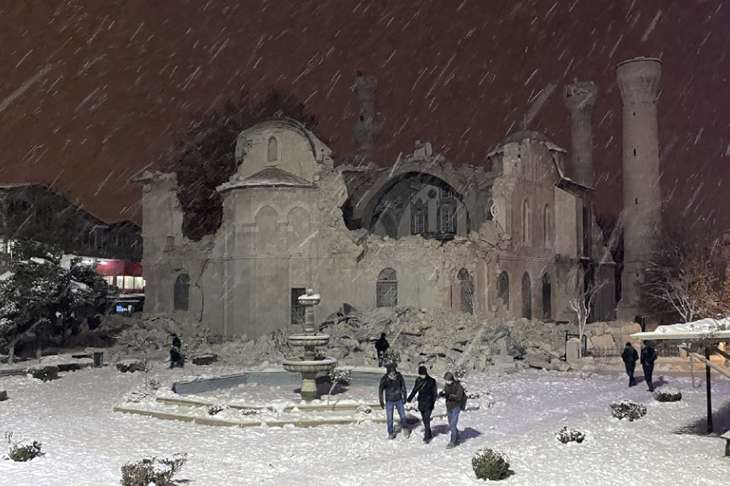
Turkey earthquake: Turkey on Monday witnessed one of the most powerful earthquakes in the last two decades, killing more than 1,300 people and leaving thousands still trapped under the rubble. A 7.8-magnitude earthquake struck southeastern Turkey and northern Syria early Monday, according to the United States Geological Survey (USGS), resulting in thousands of deaths in both countries.
Notably, this was not the first time the Middle Eastern country witnessed tremors of such a large scale. Especially, when it comes to Turkey, it has a history of some of the deadliest earthquakes, which once killed more than 20,000 people.
Why Turkey is Vulnerable to Earthquakes,
Earthquakes usually depend on the geographic settings and movement of tectonic plates. In the case of Turkey, it is located primarily on the Anatolian Peninsula in Western Asia.
The region lies on top of major fault lines and is considered the most earthquake-prone country in the world. The region lies on the Anatolian tectonic plate which consists of three major tectonic plates – African, Arabian and Eurasian.
According to real-time seismic applications in determining Turkey’s seismicity and earthquake hazard, the Turkish/Anatolian Plate is bounded by the African and Arabian plates to the south, the Eurasian plate to the north, and the Aegean plate to the west. Relative motion between the African, Arabian and Eurasian plates is responsible for most of the tectonic activity in the region. As a result, the Anatolian Plate has a high risk of seismicity.
History of Deadly Earthquakes
In December of 1939, the country witnessed a major 8.0 earthquake near the eastern city of Erzincan. According to media reports, the strong earthquake is believed to be the second most powerful earthquake in the country. As per reports, more than 20,000 people were killed and around 1,20,000 buildings were damaged.
After massive destruction, it saw another five disasters between 1942 and 1967. However, on the fateful day of 17 August 1999, a 7.4-strong earthquake struck near the north-eastern city of Izmit, killing over 18,000 people and leaving over two and a half million people homeless. In 2011, another powerful earthquake killed more than 130 people in the country.
Why isn’t Turkey learning its lesson?
Despite the irreversible damage, the country has learned no lessons to avert future disasters. According to media reports, these buildings are centuries old and made of substandard material. The buildings constructed after the 1999 disaster are also not up to the earthquake safety standards. While the country has stringent laws to deal with the latest challenges, other factors such as poverty lead to large-scale destruction.
Read also: Turkey: Fresh earthquake of 7.5 magnitude, 1,300 dead after hours of powerful tremors